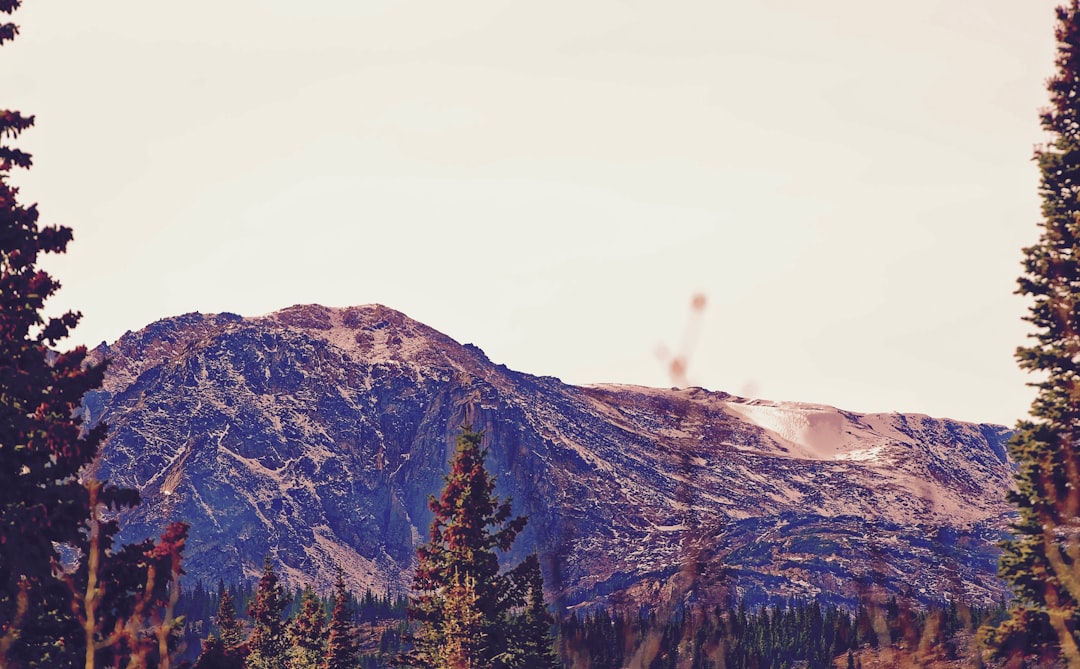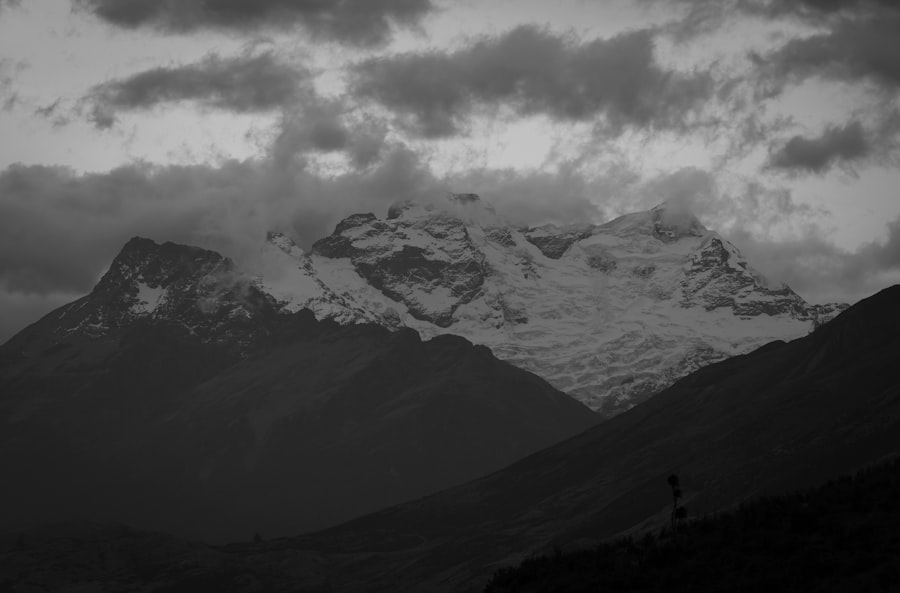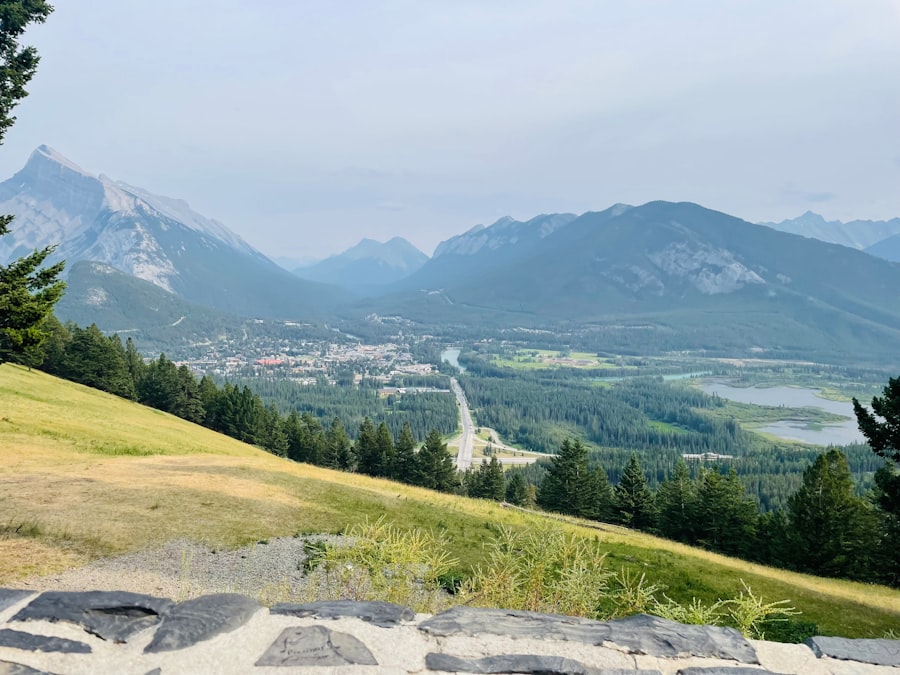
Nestled in the heart of the Caribbean, Martinique is a vibrant island that boasts a rich tapestry of culture, history, and natural beauty.
The island is characterized by its stunning landscapes, from lush rainforests to pristine beaches, and is often referred to as the “Island of Flowers” due to its diverse flora.
With a population that reflects a blend of African, European, and indigenous heritage, Martinique offers visitors a unique cultural experience that is both welcoming and intriguing. The island’s capital, Fort-de-France, serves as a bustling hub where modernity meets tradition. Visitors are greeted by a lively atmosphere filled with markets, cafes, and historical sites.
The French influence is evident in the architecture, cuisine, and lifestyle of the locals. Martinique’s official language is French, but Creole is widely spoken, adding to the island’s charm. As a destination that caters to both adventure seekers and those looking for relaxation, Martinique presents an array of experiences that captivate the senses and leave lasting memories.
Key Takeaways
- Martinique is a stunning Caribbean island known for its rich history, vibrant culture, and natural beauty.
- The island has a complex history, having been colonized by both the French and the British, resulting in a unique blend of cultures and traditions.
- Must-visit places in Martinique include the capital city of Fort-de-France, the historic town of Saint-Pierre, and the beautiful beaches of Les Salines.
- Martinique is home to breathtaking natural wonders such as Mount Pelée, the Balata Gardens, and the stunning Diamond Rock.
- Visitors to Martinique can enjoy unique sights and activities such as exploring the Jardin de Balata, sampling local rum at a distillery, and snorkeling in the crystal-clear waters.
Historical and Cultural Facts about Martinique
The history of Martinique is a complex narrative shaped by colonization, slavery, and cultural fusion. Discovered by Christopher Columbus in 1502, the island was claimed by the French in the 17th century. The establishment of sugar plantations led to the importation of enslaved Africans, which significantly influenced the demographic and cultural landscape of the island.
The legacy of this tumultuous past is still palpable today, as Martinique grapples with its identity while celebrating its rich heritage. Culturally, Martinique is a melting pot where African traditions blend seamlessly with French customs. This fusion is particularly evident in the island’s music, dance, and culinary practices.
Traditional music genres such as zouk and bélé reflect African rhythms and storytelling traditions, while French influences can be seen in the island’s art and literature.
The island’s cuisine is another testament to its diverse heritage, with dishes like accras (fried cod fritters) and colombo (a curry-like dish) highlighting the blend of flavors that define Martinican gastronomy.
Must-Visit Places in Martinique

When exploring Martinique, several locations stand out as must-visit destinations that encapsulate the island’s charm and history. One such place is Fort-de-France itself, where visitors can explore the impressive Schoelcher Library, a stunning example of 19th-century architecture adorned with intricate stained glass. The bustling market at Grand Marché offers an authentic taste of local life, with vendors selling everything from fresh produce to handmade crafts.
The vibrant atmosphere is enhanced by the aromas of spices and tropical fruits that fill the air. Another significant site is the historic town of Saint-Pierre, once known as the “Paris of the Caribbean.” This town was tragically destroyed by a volcanic eruption in 1902 when Mount Pelée erupted, killing nearly 30,000 residents. Today, visitors can explore the ruins of Saint-Pierre, including the remnants of the theater and the old prison.
The town serves as a poignant reminder of nature’s power while also offering stunning views of the surrounding landscape. The nearby Mount Pelée itself is a popular hiking destination for those seeking adventure and breathtaking vistas.
Natural Wonders of Martinique
| Wonder | Location | Description |
|---|---|---|
| Diamond Rock | Off the coast of Diamond | A 175-meter high island with historical significance |
| Mount Pelée | Northern Martinique | An active volcano and the highest peak on the island |
| Les Gorges de la Falaise | Northern Martinique | A stunning canyon with lush vegetation and waterfalls |
| Les Pitons du Carbet | Central Martinique | A group of volcanic peaks offering breathtaking views |
Martinique’s natural beauty is nothing short of spectacular, with diverse ecosystems ranging from mountainous terrain to coastal wetlands. One of the island’s most iconic natural wonders is the Caravelle Peninsula, which features a stunning coastline dotted with secluded beaches and dramatic cliffs. The Caravelle Nature Reserve offers hiking trails that wind through lush vegetation and provide panoramic views of the Atlantic Ocean.
Birdwatchers will delight in spotting various species that inhabit this protected area. The island is also home to several beautiful beaches that cater to different tastes. Les Salines Beach is often regarded as one of the best beaches in Martinique, with its soft white sand and crystal-clear waters perfect for swimming and sunbathing.
For those seeking a more tranquil experience, Anse Dufour offers a picturesque setting where visitors can snorkel among vibrant coral reefs teeming with marine life. The contrast between the turquoise waters and the lush green hills creates an idyllic backdrop for relaxation and exploration.
Unique Sights and Activities in Martinique
Beyond its natural beauty and historical sites, Martinique offers a plethora of unique activities that allow visitors to immerse themselves in local culture and traditions. One such experience is rum distillery tours, where guests can learn about the island’s rum production process and sample some of the finest rums in the Caribbean. Distilleries like Rhum Clément and Rhum JM provide guided tours that delve into the history of rum-making on the island while showcasing the craftsmanship involved in creating this beloved spirit.
For those interested in local crafts, visiting artisan workshops can be a rewarding experience. In places like Le François, visitors can observe skilled artisans creating traditional pottery or weaving baskets from palm fronds. Engaging with local craftsmen not only provides insight into their techniques but also fosters a deeper appreciation for Martinique’s cultural heritage.
Additionally, participating in cooking classes allows travelers to learn how to prepare traditional dishes using fresh local ingredients, further connecting them to the island’s culinary traditions.
Tips for Exploring Martinique

Exploring Martinique can be an enriching experience if travelers are well-prepared and informed about local customs and logistics. One essential tip is to rent a car for greater flexibility in navigating the island’s diverse attractions. Public transportation options exist but may not reach all desired destinations efficiently.
Having a vehicle allows visitors to explore hidden gems off the beaten path and enjoy scenic drives along the coastline. Understanding local customs can enhance interactions with residents. While French is the official language, learning a few basic phrases in Creole can go a long way in establishing rapport with locals.
Additionally, being mindful of cultural practices—such as greeting people with a friendly “Bonjour” or “Bonsoir”—can foster positive exchanges during your stay. Travelers should also be aware of seasonal weather patterns when planning their visit. The dry season from December to April is generally considered the best time to explore Martinique due to pleasant temperatures and lower humidity levels.
However, this period can also attract larger crowds at popular tourist spots. For those seeking a quieter experience, visiting during the shoulder months may provide a more tranquil atmosphere while still offering favorable weather conditions. In conclusion, Martinique stands out as an enchanting destination that captivates visitors with its rich history, vibrant culture, stunning landscapes, and unique experiences.
From exploring historical towns to indulging in local cuisine and immersing oneself in nature’s wonders, there is no shortage of adventures awaiting those who venture to this Caribbean gem.
If you’re intrigued by the diverse and rich cultural tapestry of Martinique, you might also find the article on Armenia interesting. Like Martinique, Armenia boasts a unique blend of historical and natural attractions that captivate travelers. From ancient monasteries to dramatic landscapes, Armenia offers a deep dive into its storied past and vibrant present. To explore more about what Armenia has to offer, you can read the detailed insights in the article Armenia Facts and Places to Visit. This could be a wonderful addition to your travel knowledge base, especially if you appreciate learning about places rich in history and culture.
FAQs
What is Martinique?
Martinique is an island located in the eastern Caribbean Sea and is an overseas region of France. It is known for its stunning beaches, lush rainforests, and rich cultural heritage.
What are some popular places to visit in Martinique?
Some popular places to visit in Martinique include the Balata Gardens, Mount Pelée, Les Salines Beach, and the historic city of Saint-Pierre.
What are some of the sights to see in Martinique?
Some of the sights to see in Martinique include the Diamond Rock, the Jardin de Balata, the Habitation Clément, and the Anse Cafard Slave Memorial.
What are some interesting facts about Martinique?
Some interesting facts about Martinique include its status as an overseas region of France, its vibrant Creole culture, and its production of world-renowned rum. Additionally, Martinique is home to the highest mountain in the Lesser Antilles, Mount Pelée.



